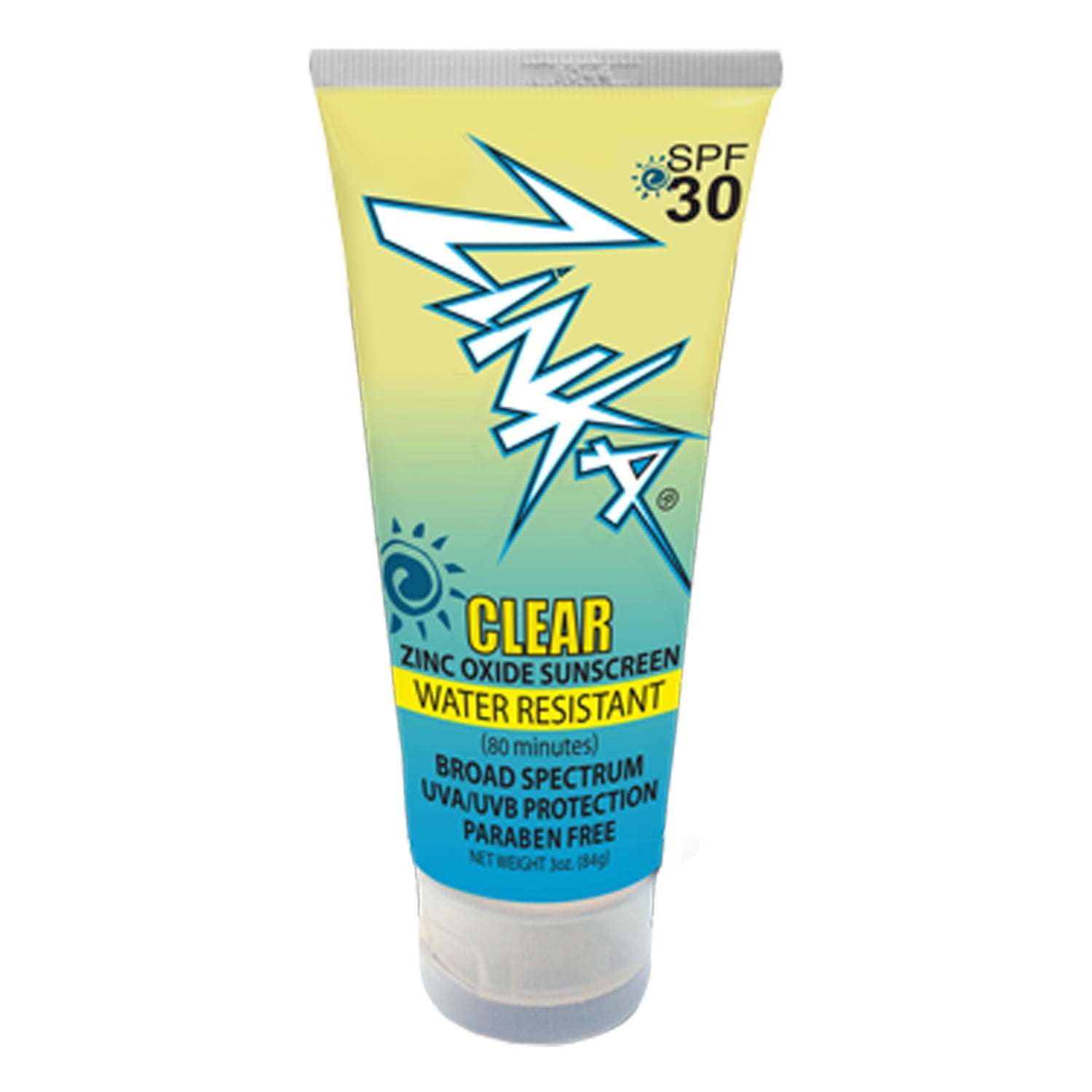

We know that about 80% sun damage occurs before the age of 18. I highly recommend this very informative and entertaining segment(5/22/13)for more credible sun protection information. Amy Jo Nopperof Children’s Mercy Hospital recently discussed sun protection on Kansas City’s NPR affiliate, KCUR. Molly Menser of Sunflower Dermatology and Dr.

Look for sunscreens with zinc oxide and titanium dioxide as the active ingredients. Just don’t forget to apply mineral sunscreen to the few areas still exposed to the sun. Some favorites are Coolibar, REI , and LL Bean. Numerous companies have sun-blocking garments for the whole family.
#COCONUT OIL ZINC OXIDE SUNSCREEN SKIN#
The clothing covers large areas of skin is very breathable, comfortable, and easy-care and eliminates potential concerns of chemical exposure. When all ingredients are completely melted, add the zinc oxide, stir in well and pour into whatever jar or tin you. Wear UPF-rated clothing and swim attire. Shake or stir occasionally to incorporate.The good news there are some better options for broad-spectrum UV protection for parents looking for a natural sunscreen alternative. It seems the pale yellow color and chicken smell, however, has dampened its potential for commercial popularity.

Interestingly, chicken oil (created by boiling a chicken carcass and skimming off the fat) had significantly better UV protection in the study. The oil’s anecdotal ability to protect against sunburn has been fueled by a recent study claiming that the oil is able to block 20% of the sun’s UV rays.Įven if this is true, the sun protection provided by coconut oil is still well below the AAD-recommendationof protecting our skin with a broad-spectrum (UVA/UVB), SPF 30 (blocking 97% of UV rays) product. Those claiming coconut oil’s ability to protect against the sun’s rays are often reviving narratives from the oil’s deep folk medicine roots. The oil’s long history in folk medicineincludes treatment from everything from seizures, pancreatitis, and diabetes to infertility, osteoporosis, and cancer. It has also been used for centuries as protection from sunburn for people native to tropical climates, including India and equatorial islands. Any “expert” claiming the contrary is simply wrong.Ĭoconut oil has no significant SPF (Sun Protection Factor) and is NOT a reliable choice for protection from UV sun damage. Now, before you run to the kitchen cupboard to grab this edible elixir, you should recognize a HUGE credibility error in these claims. “Health” bloggers are touting coconut oil as a great way to get a “healthy tan” without the burn, and a great way to “safely” get a boost of vitamin D. How great is that! Now, because accidents happen, if you miss a spot or forget the sunscreen altogether, you can also use Kelapo Coconut Oil as a relief for your burn.In the quest to avoid potentially harmful chemicals in commercial sunscreens bloggers, parents, and marketers have be rekindling the notion of “natural sunscreens.” Coconut oil seems the natural option du jour. I did read you can add two teaspoons beeswax to help make your homemade sunscreen waterproof. The American Melanoma Association recommends using at least an SPF 15 on a daily basis to help protect against skin cancer, so you can use a little less zinc oxide and still get plenty of sun barrier. If you make this recipe exactly, it ends up being around SPF 68. If your mixture is 15% zinc oxide, it’s between a SPF 12 – 19. The percentage of zinc oxide in the mixture (in this case 40%) determines your SPF. Put into wide-mouth jar and let sit overnight.Remove from heat and whisk in essential oil.

Mix coconut oil and shea butter, in a two-to-one ratio, in a pot over low heat until melted together.


 0 kommentar(er)
0 kommentar(er)
